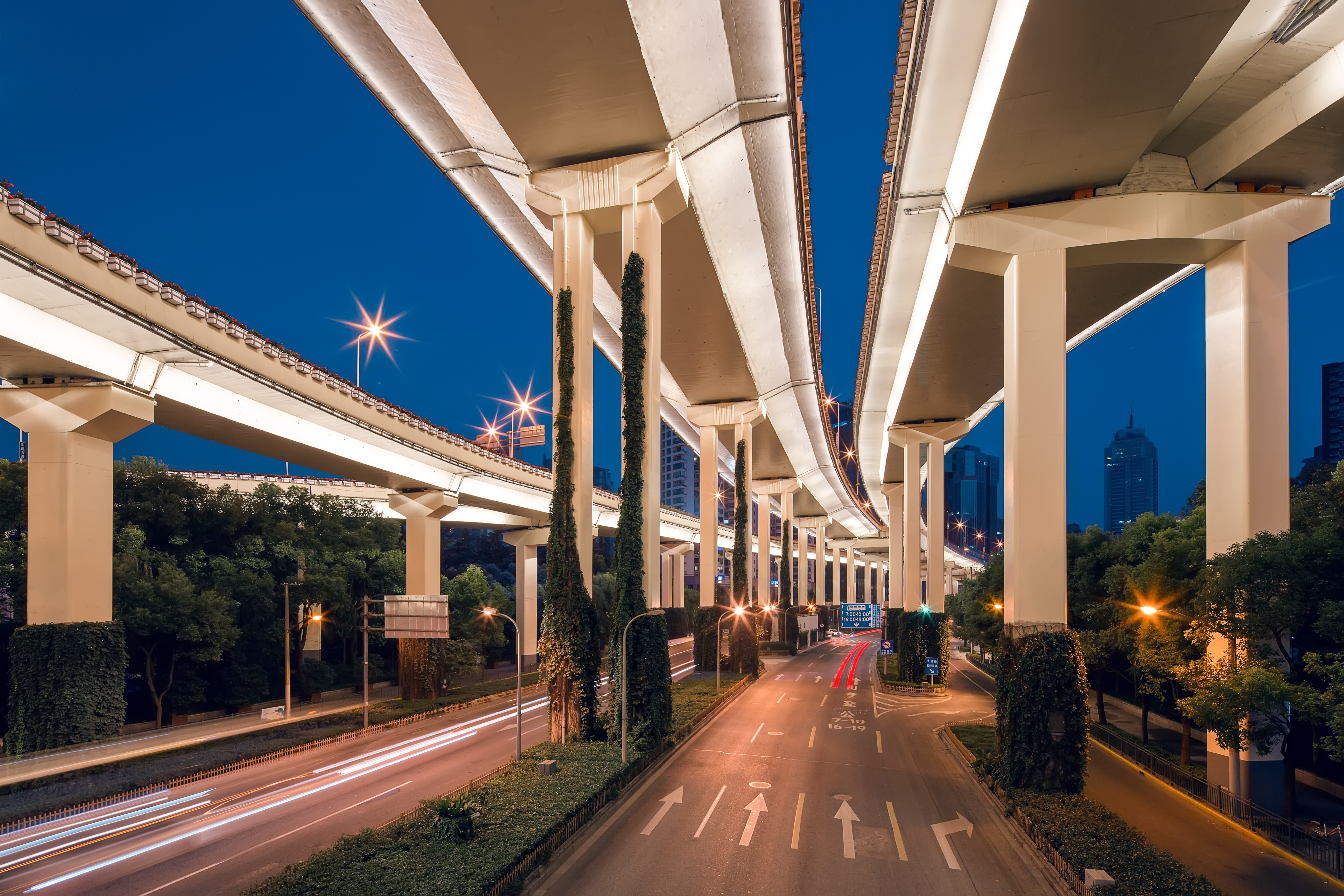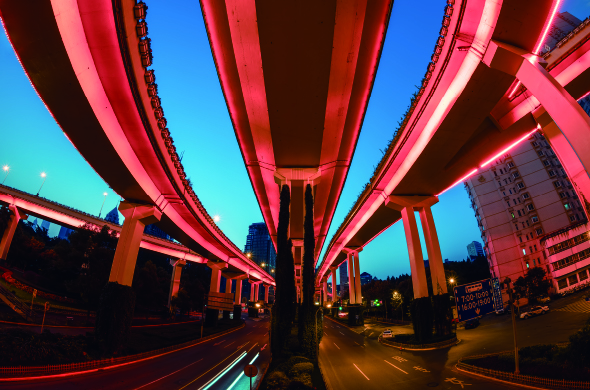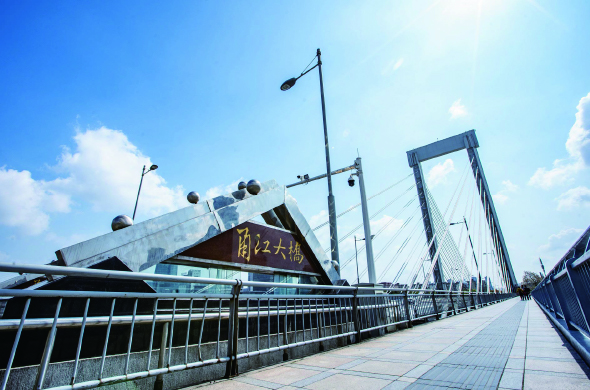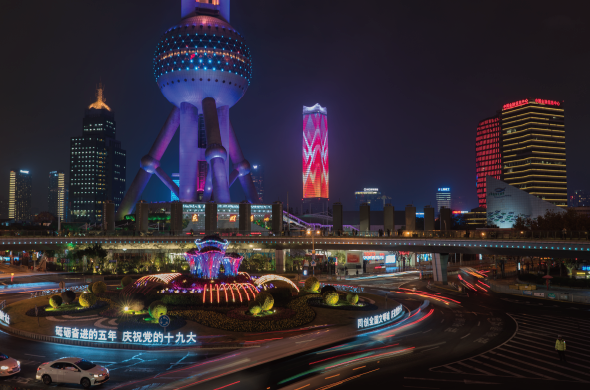Sansi LED: Sustainable LED Lighting and Integrated LED Display
Delivering premium and professional LED Display, LED Lighting, Smart City Integration solutions, trusted by over 60,000 companies worldwide everyday. From industrial lighting to commercial lighting, from outdoor advertising to XR & VR production, Sansi LED greatly improves the quality and sustainability of your business with 30 years of expert experiences.
The development of landscape lighting economy during the night has given rise to numerous classic outdoor lighting projects. The project for the night lighting transformation of the "Shen" shaped elevated highway by Sansi LED is one of the typical applications of landscape lighting. This project adopts over 30,000 sets of LED wall washers and utilizes the RDMX real-time feedback system, which is based on the DMX512-A international standard control protocol.

With the improvement of the living standards, the depth and breadth of DMX512 protocol application, as an international standard for lighting control, continue to expand and been widely used in outdoor floodlighting and indoor stage lighting. This article will provide a preliminary introduction of DMX512.
DMX stands for Digital Multiplex. The DMX512 protocol is a standard for data transmission between lighting controllers and lighting equipment, published by the United States Institute for Theatre Technology (USITT). It covers electrical characteristics, data protocol, data format, and other aspects. The physical electrical interface of DMX512 is RS485, using asynchronous serial communication (1 start bit, 8 data bits, 2 stop bits, no parity check), with a data transfer rate of 250Kbps. DMX512 communication is unidirectional, and a DMX data packet consists of a start byte and up to 512 control bytes. Each control byte, also known as a control channel, can control one or several functions of the lighting equipment. One DMX interface can control up to 512 channels.
A DMX512 dimming system consists of fixtures, fixture transformers, signal receivers, industrial computers, and video hosts. DMX512 fixtures come in various forms, such as wall washers, linear lights, and floodlights. There are various forms of controller selection, including offline, connected, GPS signal control, 4G/5G cloud control, and console control. By using the Sansi LED LC series controller, terminal fixtures based on the DMX512 protocol can be controlled. For example, the DMX512 linear LED floodlight, as the name suggests, is an LED floodlight with DMX512 control function. It has an embedded DMX512 decoding chip and can be controlled by an external DMX512 console or computer. It is used in large and small engineering applications and can achieve dynamic effects such as gradient, jump, color flicker, random flicker, and alternating gradient through a DMX512 console or computer.



